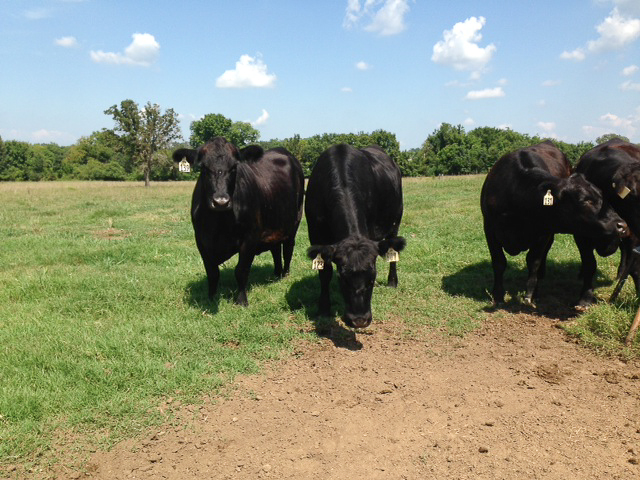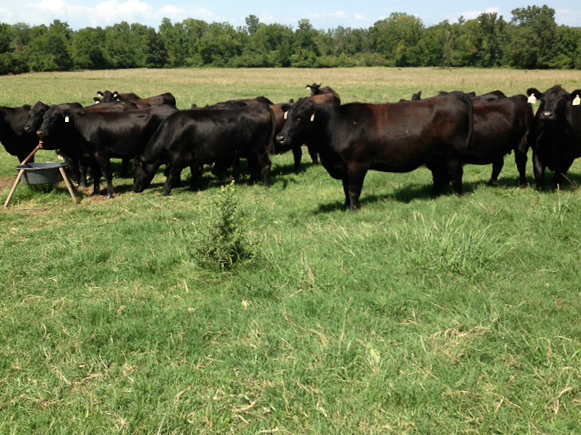
Tiny house, big dreams
Rolling into the yard of Titus and Erika Jaeger’s irrigated section near Ingalls, Kan., I’m puzzled by the small structure sitting next to a sturdy set of pipe corrals, across the yard from rows of large square hay bales. It looks too nice for a line shack, and we know they live almost an hour west of where their cattle are…so what is this place?
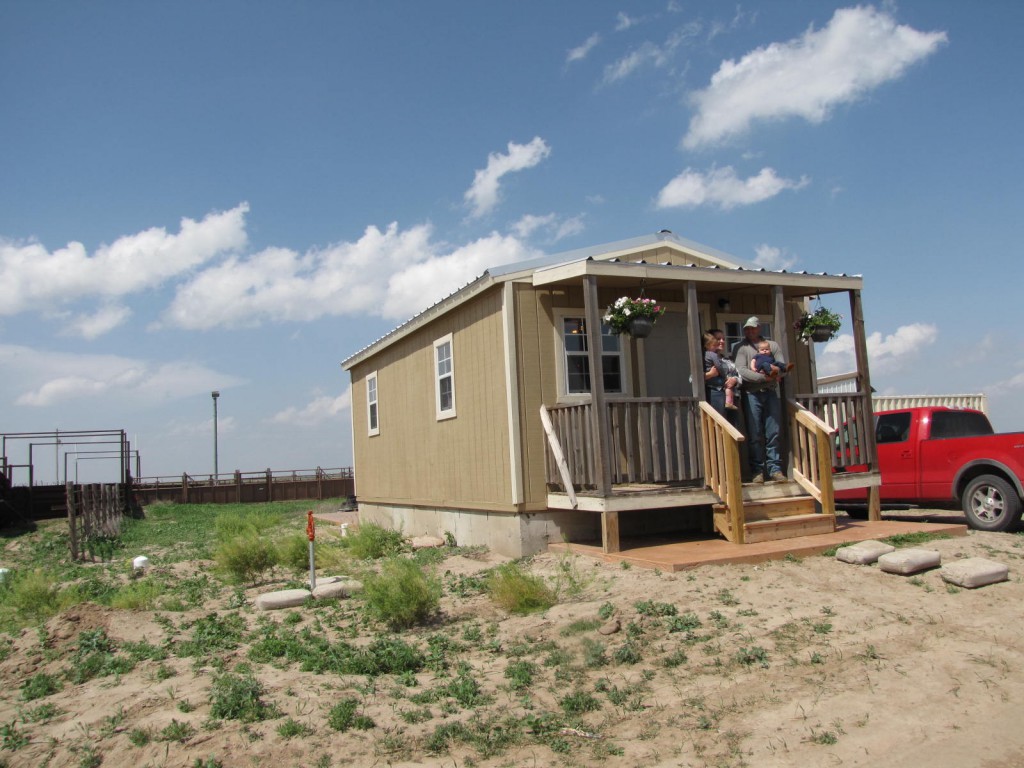
The story of this tiny house, as we soon find, is a testament to the love Titus and Erika share. Even the Ranger reflects their family values, as a way for them to go to work and bring their children, Annabelle and Baylon, along.
“Both of our parents were farm kids, and that’s something that I always looked for, was a farm girl,” Titus says of Erika as she wrangles the toddler and baby, preparing for a trip out to the pasture.

Serving God. Loving and teaching our children. Honoring our heritage. Caring for the land, livestock and wildlife. Contributing to the community.
They glow and complete each other’s sentences as they tell about their “fairytale” romance. Their first date consisted of checking cows, petting horses and throwing sticks in the lake, chaperoned by Erika’s puppy, now part of the growing family after three years of marriage. Being a hopeless romantic myself, I’m delighted to see their love for each other, their children, their land and their cattle.
Even the name they bestowed upon their section of land reflects that sentiment.
“One of our first dates we were working cows, and one of our hired help called us ‘los pajaritos,’ which would interpret as ‘the love birds,’” Titus explains. “We were pretty affectionate.” They both laugh.
So what about this tiny house? It was a necessary home-away-from-home when they expanded here, 40 miles from the main house near Lakin, Kan. With family plans, they would need a place to nap, nurse and sleep while calving out heifers or rotating the grazing herd.
Titus tells how the unfinished cabin – shed, basically – found its way to “Los Pajaritos” all the way from Lubbock, Texas.
“We had needed a place to come inside and cool off. Our first structure was a camper we found off of Craigslist, but there’d been a windstorm when we were gone one weekend, that destroyed it.”
The couple made a commitment from the start: in their first 10 years of marriage, they would never spend a night apart. After hearing about the shed, and clearing it with his wife, Titus left for Texas with the fifth-wheel flatbed trailer. Later in the day, he realized he wasn’t going to make it all the way home before nightfall with his wide load and no extra lights. Erika and then one-year-old Annabelle drove to Dumas, Texas, to keep their extra vow.
Having utilized DNA testing, and as strong advocates for the Beef Quality Assurance program, Titus and Erika work together to produce top quality beef, eager for the day that their children will be old enough to join them in an equal commitment.
“When you want high-quality beef, that includes taking great care of your cattle and great care of the land that we’re on,” Erika says.
–Hannah

You may also like
This too shall pass
There are no words that will take away the devastating slap of a market drop, the pain of a postponed bull sale or the exhausting frustration that things feel out of control. The page will eventually turn and the world will still need great beef and those who raise it.
Speaking of meat
CAB chefs and meat scientists are so good at sharing their know-how that a whole range of listeners will sign on from city streets to ranch sand hills and beyond. Now find their expertise in their new podcast “Meat Speak”.
The stories that barn could tell
Every barn means something to the people who spend so much of their lives in it, but it takes sharing those moments with the rest of the world. Sheltering Generations does that and gives back to rural communities.

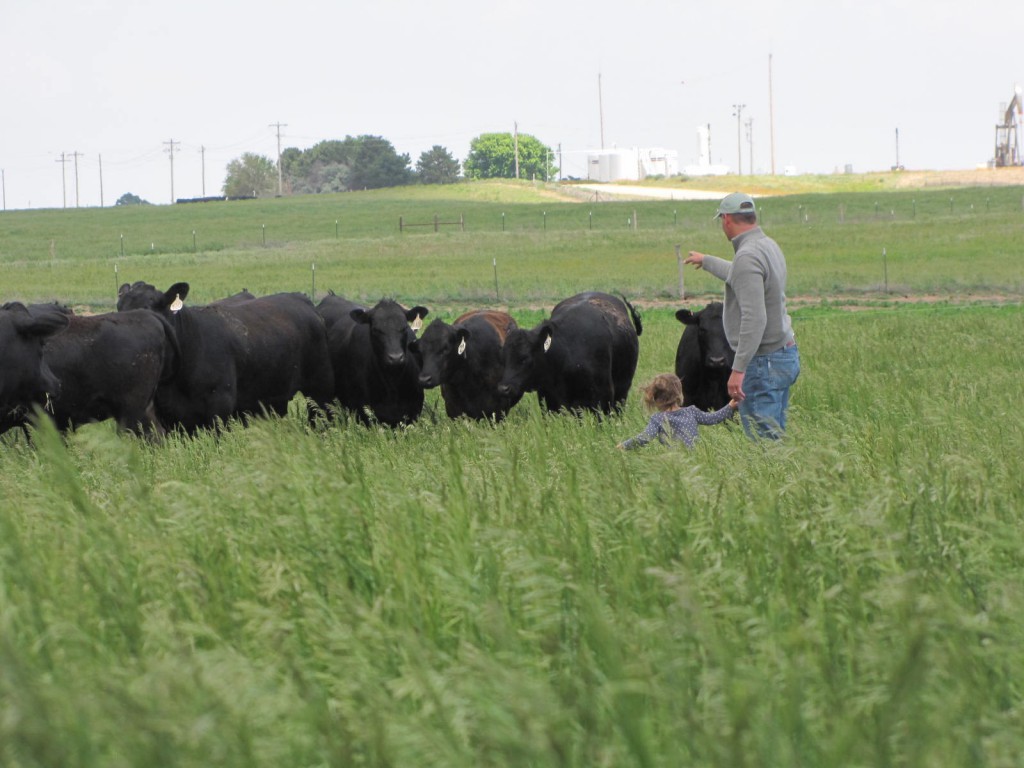
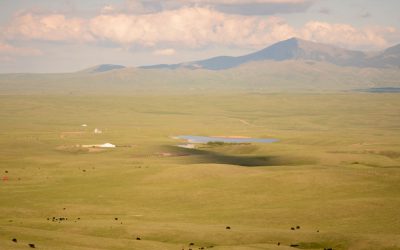
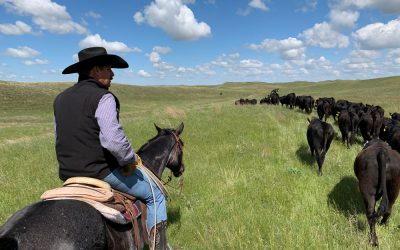

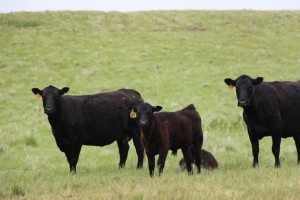 As associate director of global technical services for the animal health company, Kent spends his education, experience and time working with ranchers like you and me to make sure we’re getting the most from our cattle, both in the feedyard and in the pasture. Specifically designed with the commercial cattleman in mind, the selection tool incorporates the HD 50K test and marries it with mating technology to be the predominant tool for heifer selection.
As associate director of global technical services for the animal health company, Kent spends his education, experience and time working with ranchers like you and me to make sure we’re getting the most from our cattle, both in the feedyard and in the pasture. Specifically designed with the commercial cattleman in mind, the selection tool incorporates the HD 50K test and marries it with mating technology to be the predominant tool for heifer selection. On a scale from 1 to 100, normally distributed and 50 as average, Kent and his team have determined that for every unit difference in Cow and Feeder Advantage score, there should be a dollar difference in net return per calf out of those daughters.
On a scale from 1 to 100, normally distributed and 50 as average, Kent and his team have determined that for every unit difference in Cow and Feeder Advantage score, there should be a dollar difference in net return per calf out of those daughters.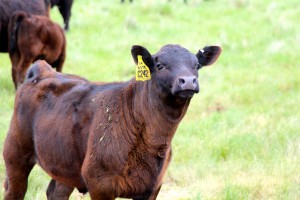 If a producer retains ownership and markets on a grid, there is about a $1.50 net return difference per Total Advantage score unit as compared to the dollar difference associated with the Cow and Feeder Advantage scores – for each calf produced over the replacement female’s life.
If a producer retains ownership and markets on a grid, there is about a $1.50 net return difference per Total Advantage score unit as compared to the dollar difference associated with the Cow and Feeder Advantage scores – for each calf produced over the replacement female’s life.
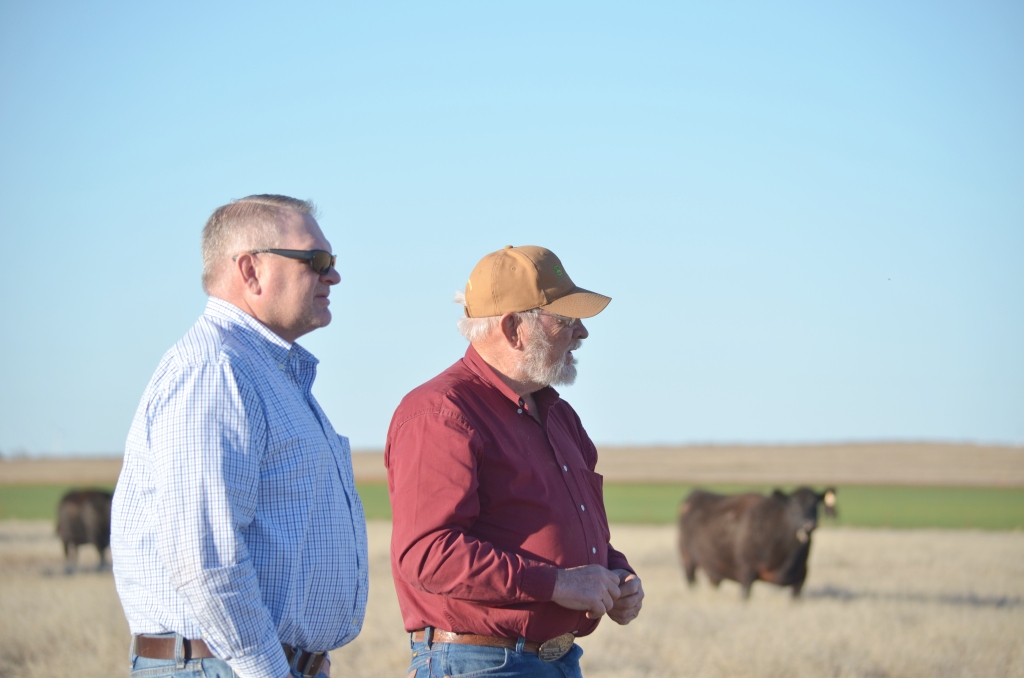
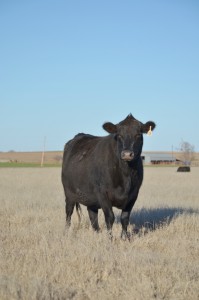

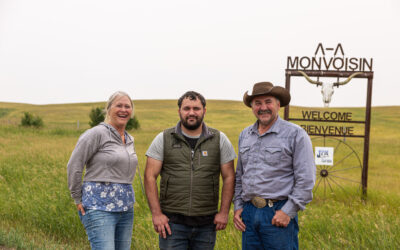

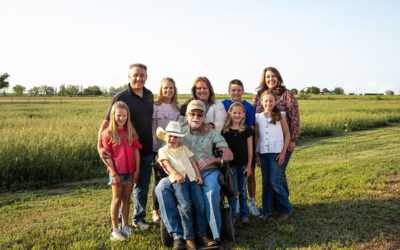

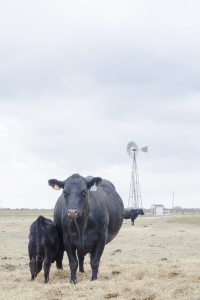








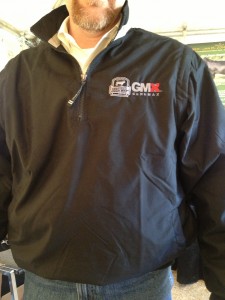


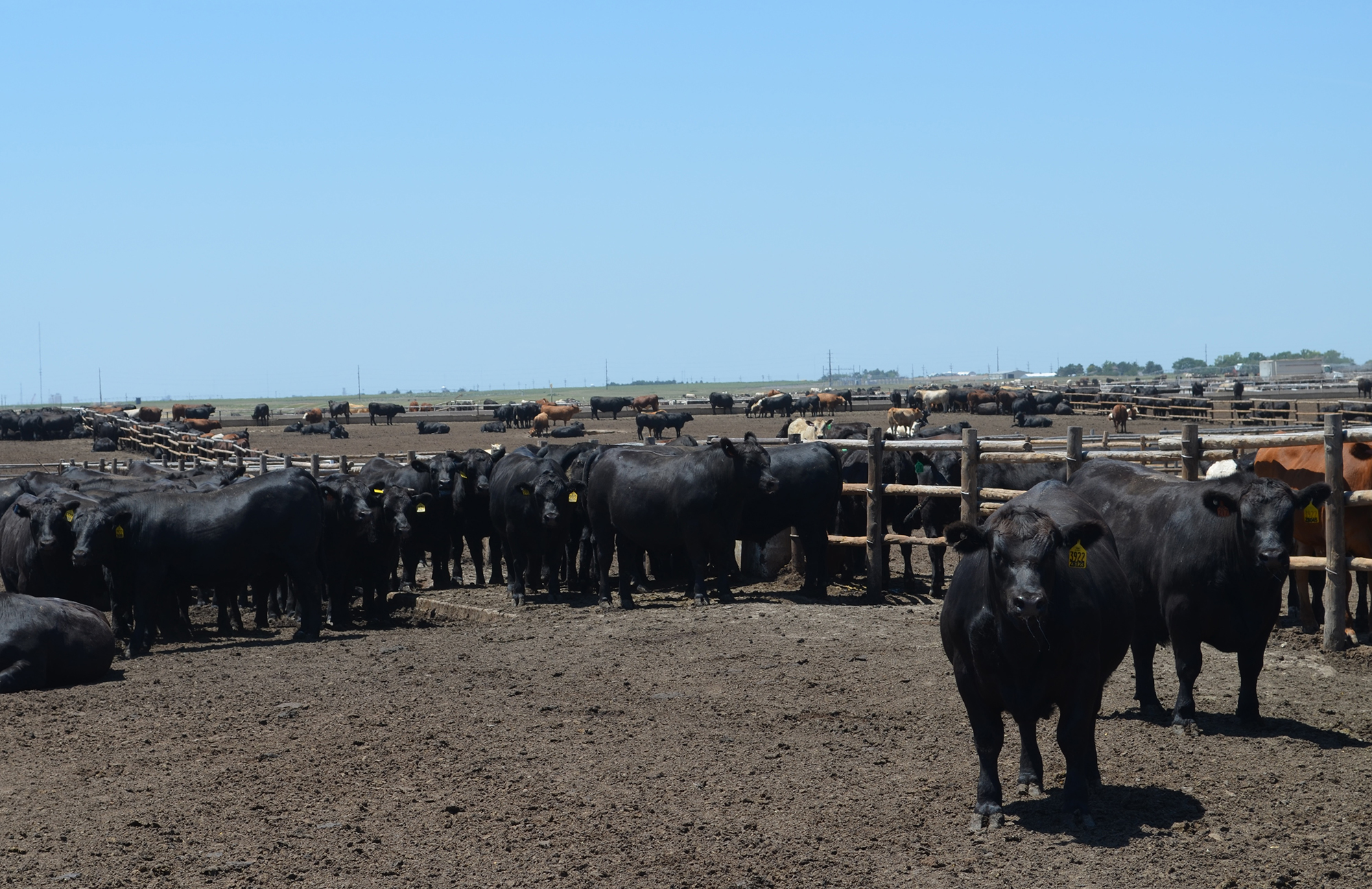
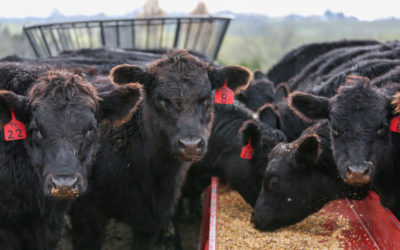
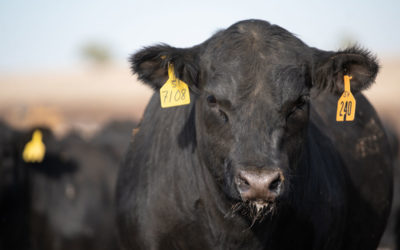
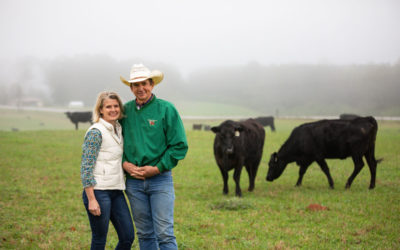

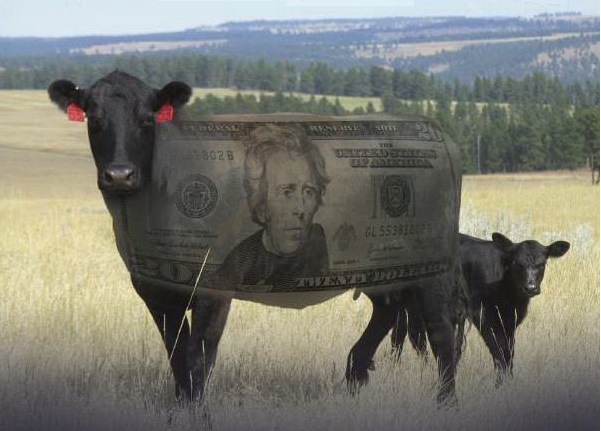

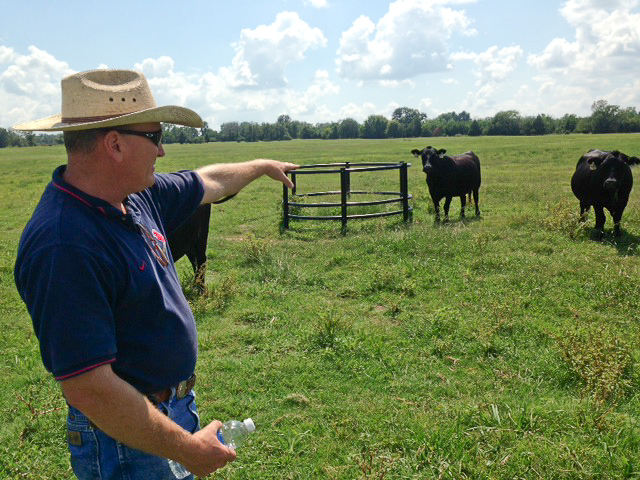 Here’s his report:
Here’s his report: